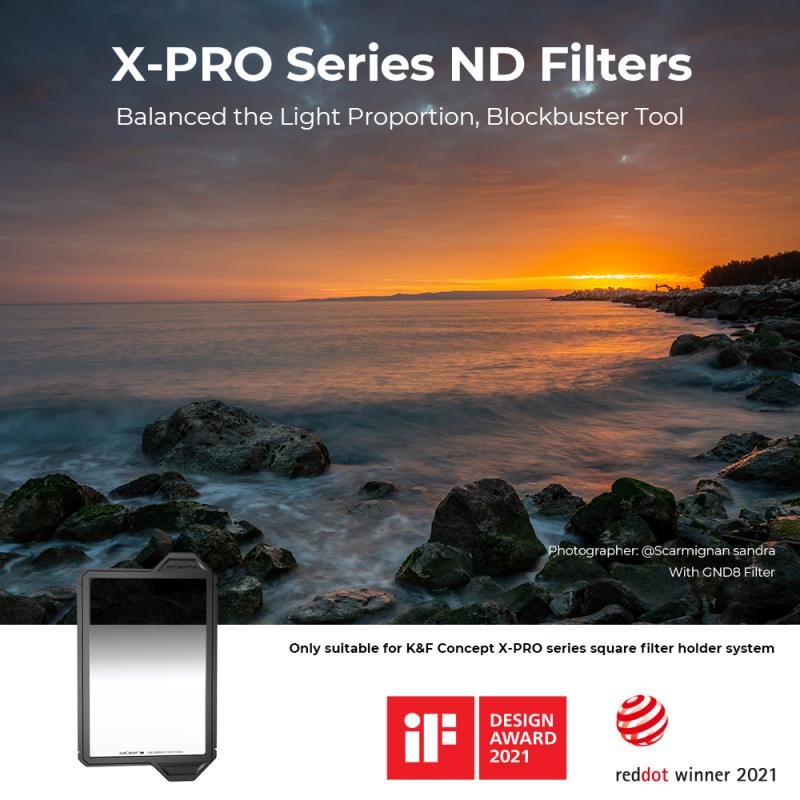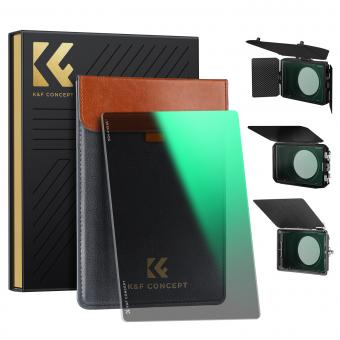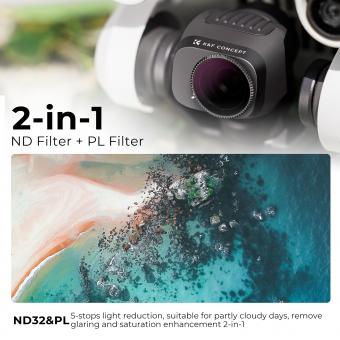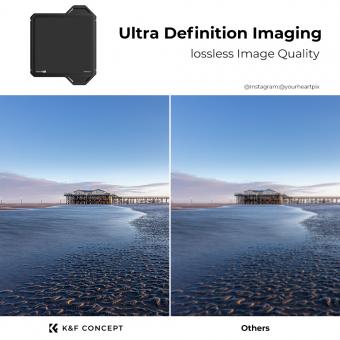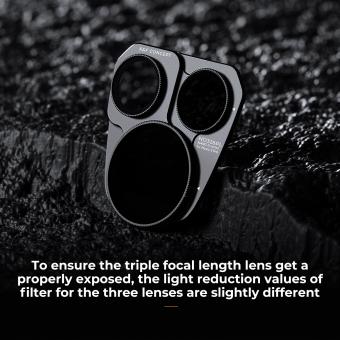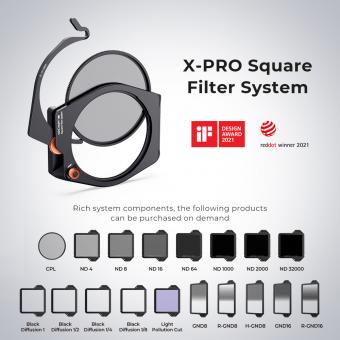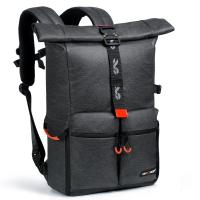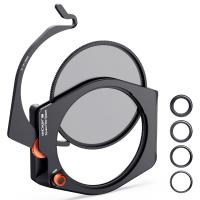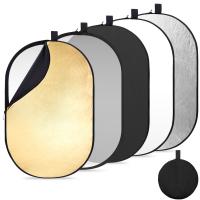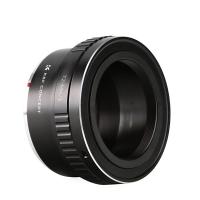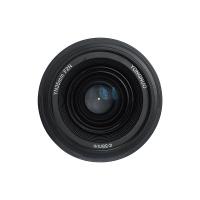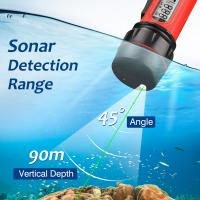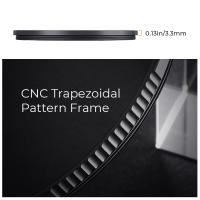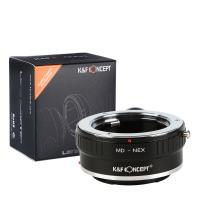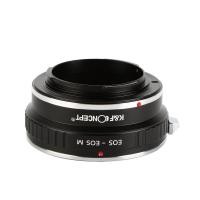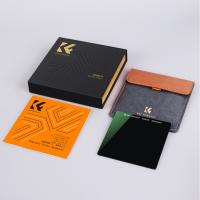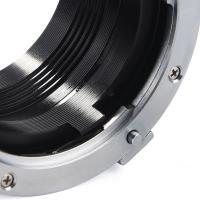How Many Stops Is An Nd 8 Filter ?
An ND 8 filter typically reduces the amount of light entering the camera by 3 stops.
1、 Neutral Density (ND) Filters: An Overview
An ND 8 filter, also known as a Neutral Density filter with a density of 0.9, reduces the amount of light entering the camera by three stops. This means that it allows only 12.5% of the original light to pass through while blocking the remaining 87.5%.
Neutral Density filters are commonly used in photography and videography to achieve various creative effects. By reducing the amount of light, ND filters allow photographers to use slower shutter speeds or wider apertures in bright conditions, without overexposing the image. This is particularly useful in situations where a shallow depth of field or motion blur is desired.
The number of stops that an ND filter reduces the light by depends on its density. The higher the density, the more stops it will reduce. For example, an ND 4 filter reduces the light by two stops, while an ND 16 filter reduces it by four stops.
It is important to note that the number of stops reduced by an ND filter is a logarithmic scale. Each stop represents a halving or doubling of the amount of light. Therefore, an ND 8 filter reduces the light by three stops, which is equivalent to reducing the light by half three times (0.5 x 0.5 x 0.5 = 0.125 or 12.5%).
In conclusion, an ND 8 filter reduces the amount of light entering the camera by three stops, allowing only 12.5% of the original light to pass through. This enables photographers to achieve creative effects by using slower shutter speeds or wider apertures in bright conditions.
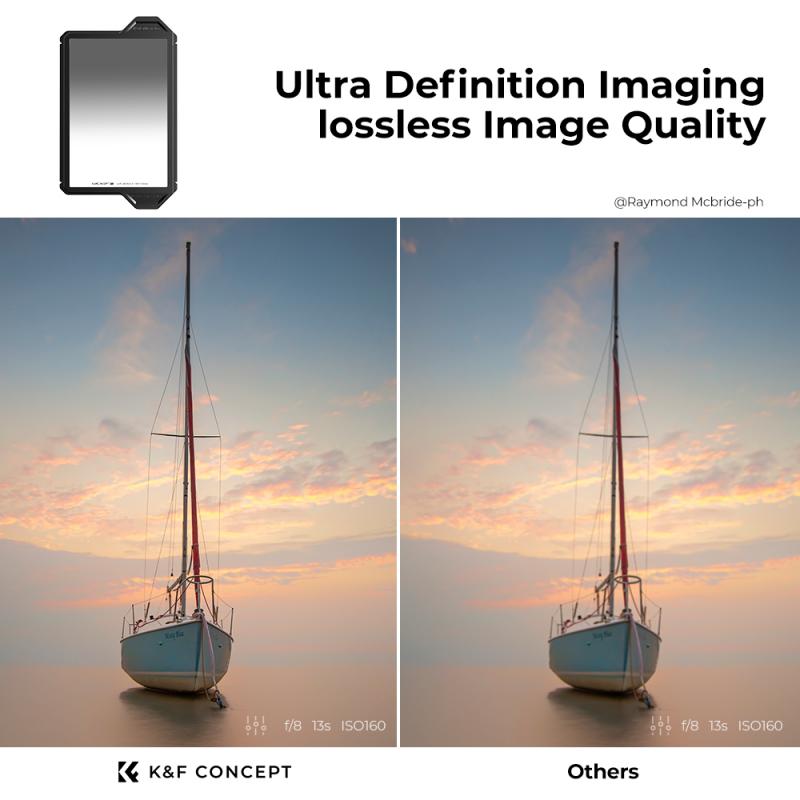
2、 Understanding ND Filter Stops
An ND 8 filter, also known as a neutral density filter, reduces the amount of light entering the camera by 3 stops. The term "stop" refers to a doubling or halving of the amount of light. In the case of an ND 8 filter, it reduces the light by 3 stops, which means it allows only 1/8th of the original light to pass through.
To understand the concept of stops, it is important to know that each stop represents a specific amount of light. For example, going from one stop to the next either doubles or halves the amount of light. So, an ND 8 filter reduces the light by 3 stops, which is equivalent to halving the light three times. This reduction in light allows for longer exposure times or wider apertures, which can be useful in various photography situations.
It is worth noting that the term "stop" is not limited to ND filters but is also used in other aspects of photography, such as exposure settings and lens aperture. Understanding stops is crucial for photographers to have control over their exposure and achieve the desired creative effects.
It is important to mention that the concept of stops is not universally agreed upon by all photographers. Some argue that the term "stop" is not an absolute measurement but rather a relative one. They believe that the actual light reduction provided by an ND filter may vary depending on the specific filter and the camera's sensor characteristics. Therefore, it is always recommended to test and calibrate your equipment to understand the exact light reduction provided by a specific ND filter.
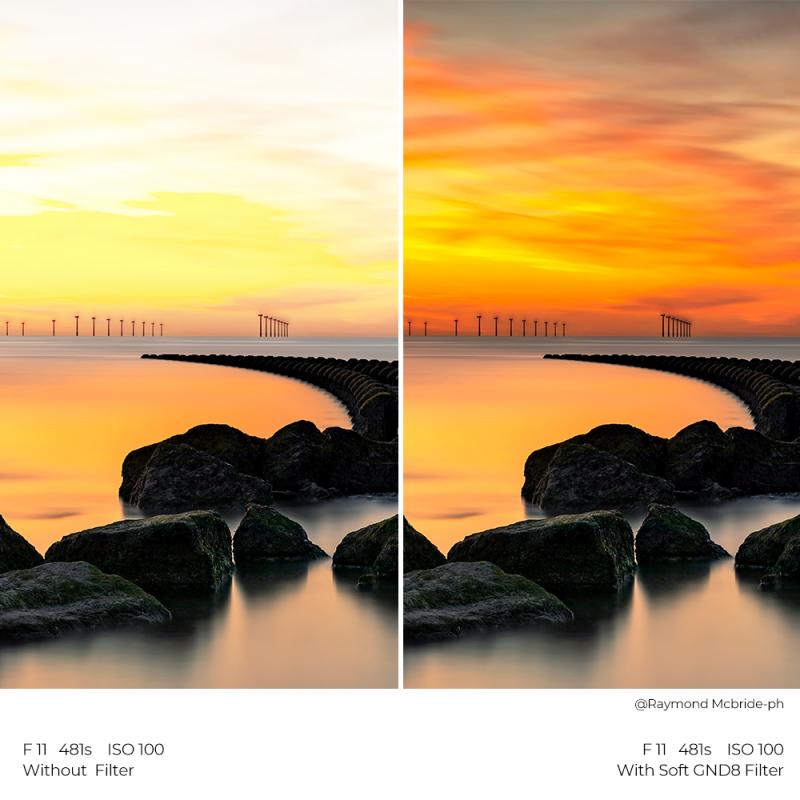
3、 Exploring the ND 8 Filter
An ND 8 filter, also known as a neutral density filter, is a popular tool among photographers and videographers. It is designed to reduce the amount of light entering the camera lens without affecting the color or quality of the image. This allows for longer exposure times or wider apertures, which can be useful in various shooting scenarios.
Now, let's address the question at hand: how many stops is an ND 8 filter? An ND 8 filter typically reduces the amount of light entering the lens by three stops. In photography, a stop refers to a doubling or halving of the amount of light reaching the camera sensor. Therefore, an ND 8 filter reduces the light by a factor of 2^3, which equals 8.
By reducing the amount of light, an ND 8 filter enables photographers to achieve certain creative effects. For example, it can be used to capture long exposure shots of flowing water, creating a smooth and ethereal effect. It can also be used in bright daylight conditions to allow for wider apertures, resulting in a shallow depth of field and a blurred background.
It's worth noting that the number of stops a filter reduces the light by can vary depending on the manufacturer and the specific filter model. Some ND 8 filters may have a slightly different light reduction factor, but the general consensus is that an ND 8 filter reduces the light by three stops.
In conclusion, an ND 8 filter reduces the amount of light entering the camera lens by three stops. This allows photographers and videographers to have more control over exposure settings and achieve creative effects in various shooting conditions.
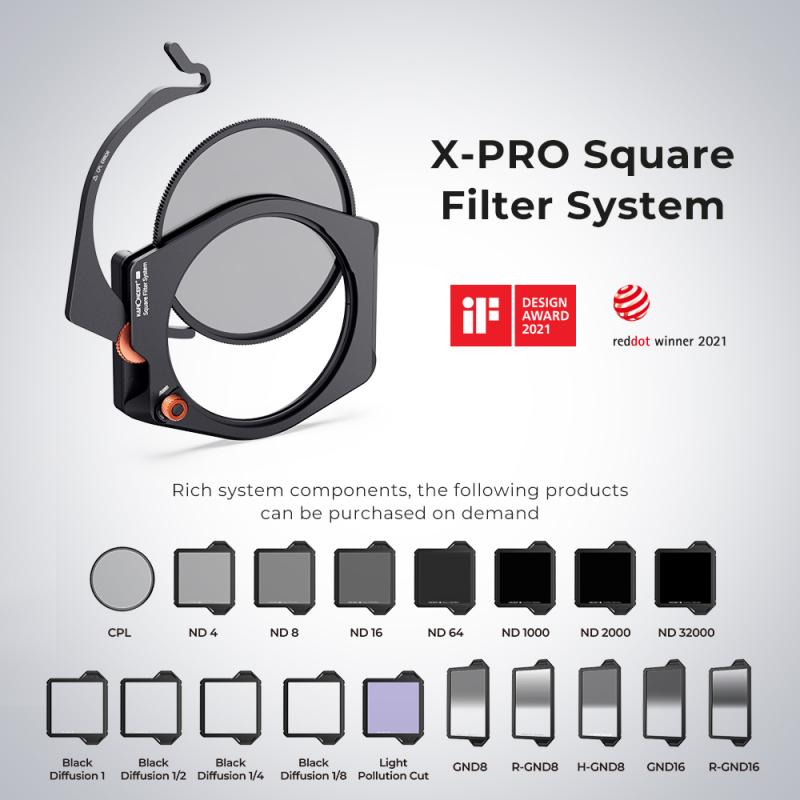
4、 ND Filter Stops: A Comparison Guide
An ND 8 filter, also known as a neutral density filter, is a type of camera filter that reduces the amount of light entering the lens. It is commonly used in photography and videography to achieve certain creative effects or to control exposure in bright conditions.
The term "ND 8" refers to the filter's light reduction capability. In this case, an ND 8 filter reduces the amount of light entering the lens by 3 stops. This means that it allows only 1/8th of the original light to pass through, effectively darkening the image.
To understand the concept of stops, it is important to know that each stop represents a halving or doubling of the amount of light. For example, going from 1 stop to 2 stops reduces the light by half, while going from 2 stops to 3 stops reduces it by half again. Therefore, an ND 8 filter reduces the light by 3 stops, or 1/8th of the original amount.
It is worth noting that the number of stops can vary depending on the specific ND filter. ND filters come in different strengths, such as ND 2, ND 4, ND 16, etc., each representing a different amount of light reduction. The higher the number, the greater the light reduction.
In recent years, there has been an increase in the availability of variable ND filters, which allow photographers and videographers to adjust the amount of light reduction by rotating the filter. These filters typically have a range of stops, such as 2-8 stops or 1-5 stops, providing more flexibility in controlling exposure.
In conclusion, an ND 8 filter reduces the amount of light entering the lens by 3 stops. However, it is important to consider that the number of stops can vary depending on the specific ND filter, and the availability of variable ND filters provides even more control over light reduction.
